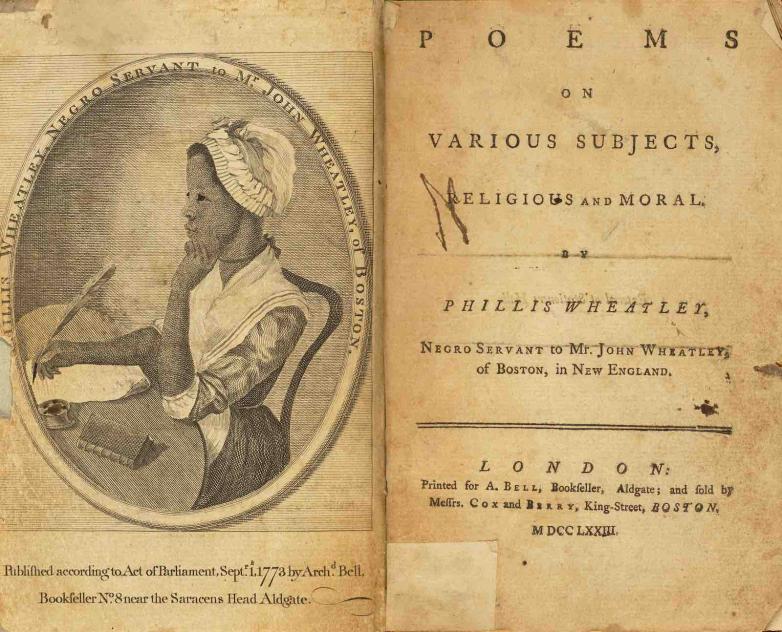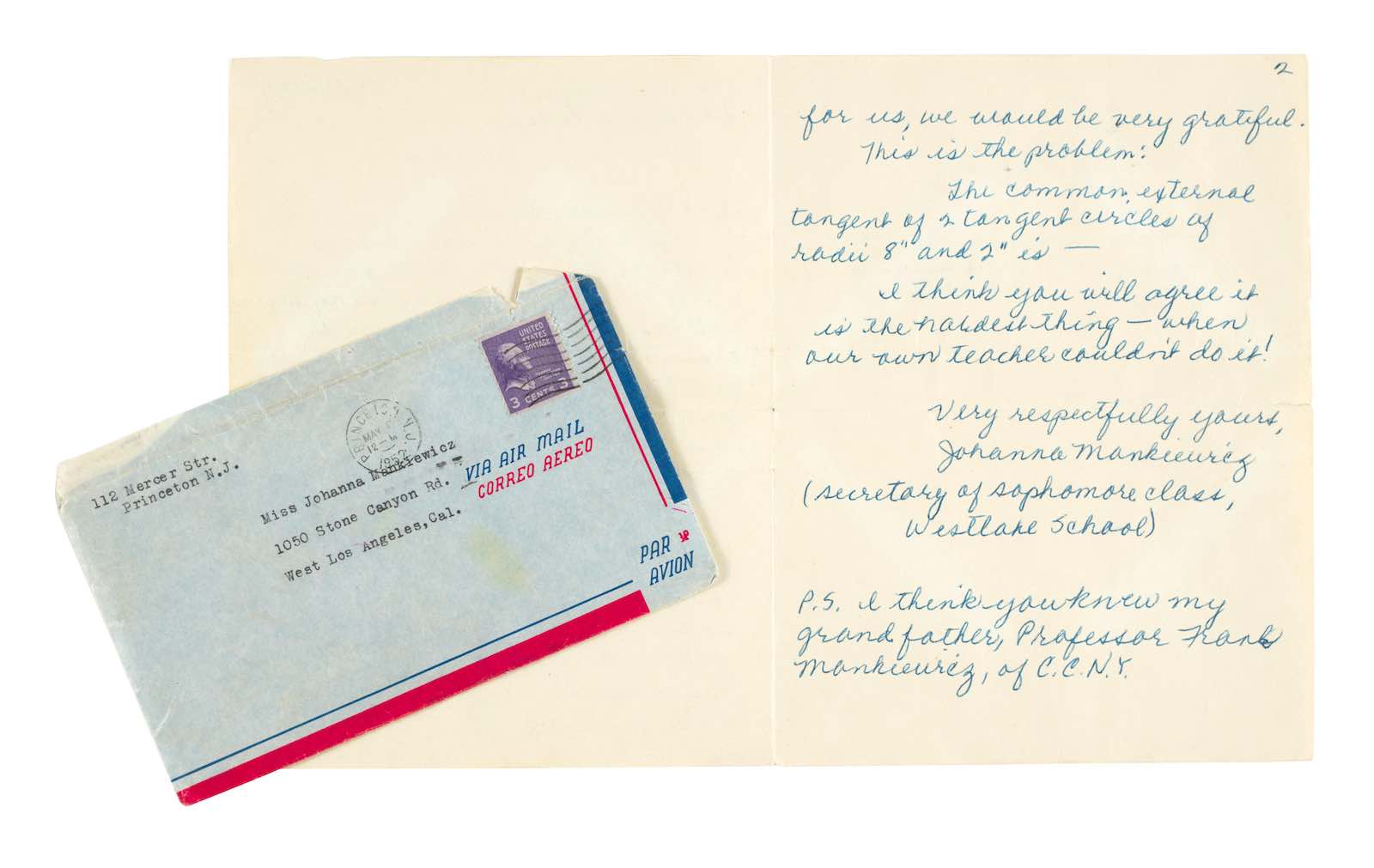Also under the hammer is Narrative of Conditions in Nauvoo Six Days Before the Mormon Exodus Begins, a rare document and one of a small group of manuscripts from an archive relating to Mormon leader Newel K. Whitney (1795-1850), an early convert to the LDS Church who took up an important leadership role at Kirtland alongside Joseph Smith, Jr. Many of the documents relate to the early Church years in Kirtland, OH and Nauvoo, IL, up to and including the Great Migration to Utah. Present are Whitney family letters and documents that give a glimpse into the lives of early Church members during this tumultuous time, including this example, most likely written by N.K. Whitney’s brother (or possibly a sister) which reports that the Mormons have decided that the danger of genocide is so great they must move out of the state forever.
Other documents included in the collection are a deed of sale signed by Joseph Smith, transferring ownership of a plot of land during a period in which he was feeling intense pressure from creditors, as well as a chatty letter from early member J.C. Kingsbury on pictorial stationery describing his family life to Whitney relatives.
Johanna Mankiewicz, the daughter of Citizen Kane screenwriter Herman Mankiewicz, was 16 years old when, faced with an intractable problem from her high school geometry teacher, she sent a personal letter to Albert Einstein. Einstein, at the time in 1952 was very responsive to his fans, and no doubt charmed by Mankiewicz’s forthrightness (“I realize that you are a very busy man, but you are the only person we know of who could supply us with the answer and let us keep ourselves busy at our other business”) took the time to respond.
He supplied the path to the answer, but did not entirely solve the problem for her. Somehow, the international press got wind of it, and the story went viral. Not everyone was pleased however, in particular her teacher and the staff at the Westlake School for Girls in Beverly Hills. It has remained within the family until now and has never been offered for sale.
Isaac Newton famously noted that he hoped his work in science would leave the world of
natural philosophy “less mischievous” than he had found it. His Principia indeed did that and more,
imposing a beautiful and simple order of universal law of gravitation and motion which governed the
observed phenomena described by his scientific predecessors. It’s less known that he also was working
to do the same for revealed religion. In his Irenicum, composed in the twilight of his life, he seeks what
might be considered a Principia for theology, a simple framework for religion that would unite the
various sects that had warred in England for hundreds of years.
Newton writes with the long benefit of his “riper” years, setting forth an easily applied prescription for worship “sufficient for salvation.” The more difficult (and contentious) arguments and religious investigation are left for men of riper years and should not interfere with the simple worship of “the common people & to their wives & children.”
The main part of the manuscript is help in a series of drafts at King’s College, Cambridge, and these two
pages are (as far as we have found) the only pages from the Irenicum to sell at auction since 1936.




















